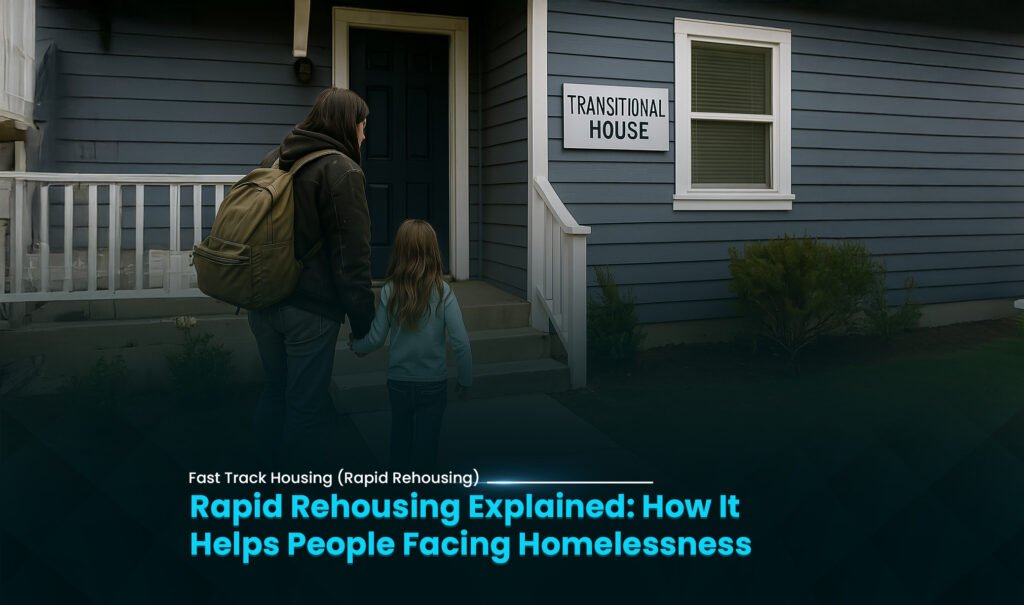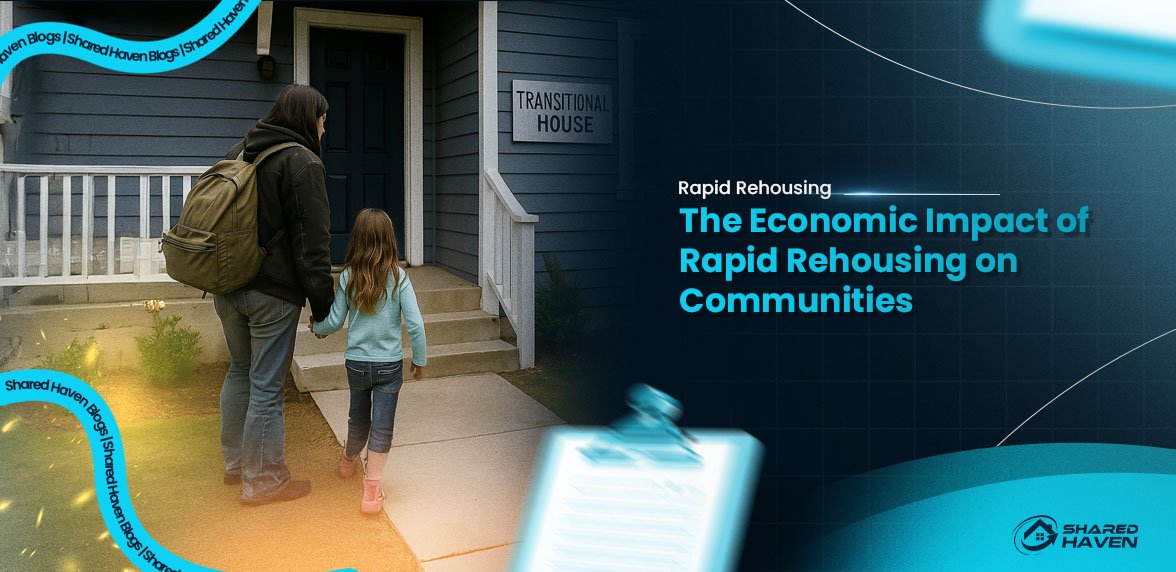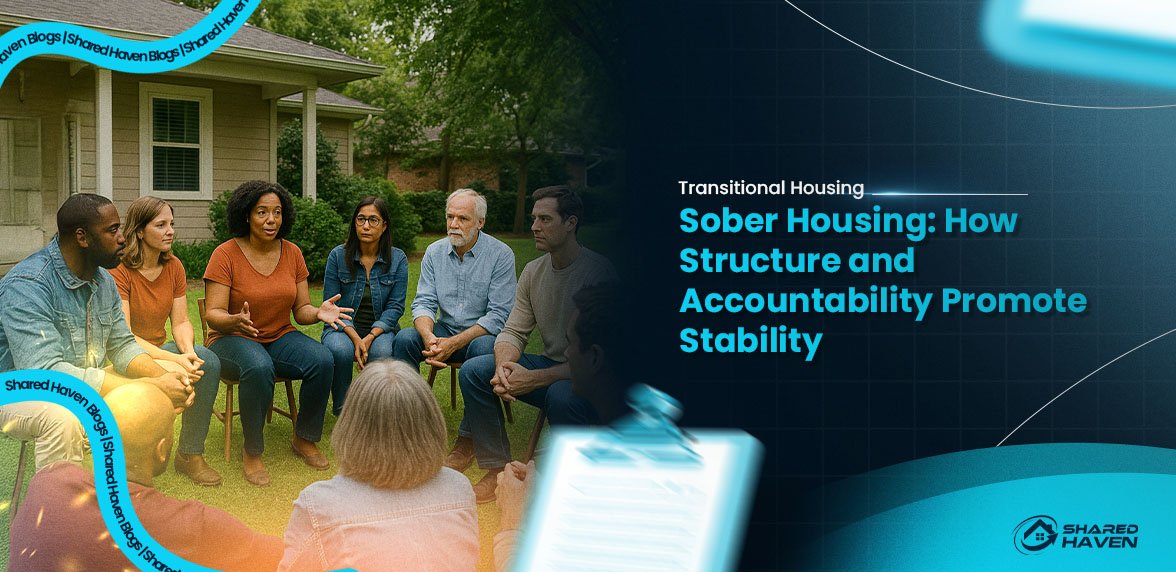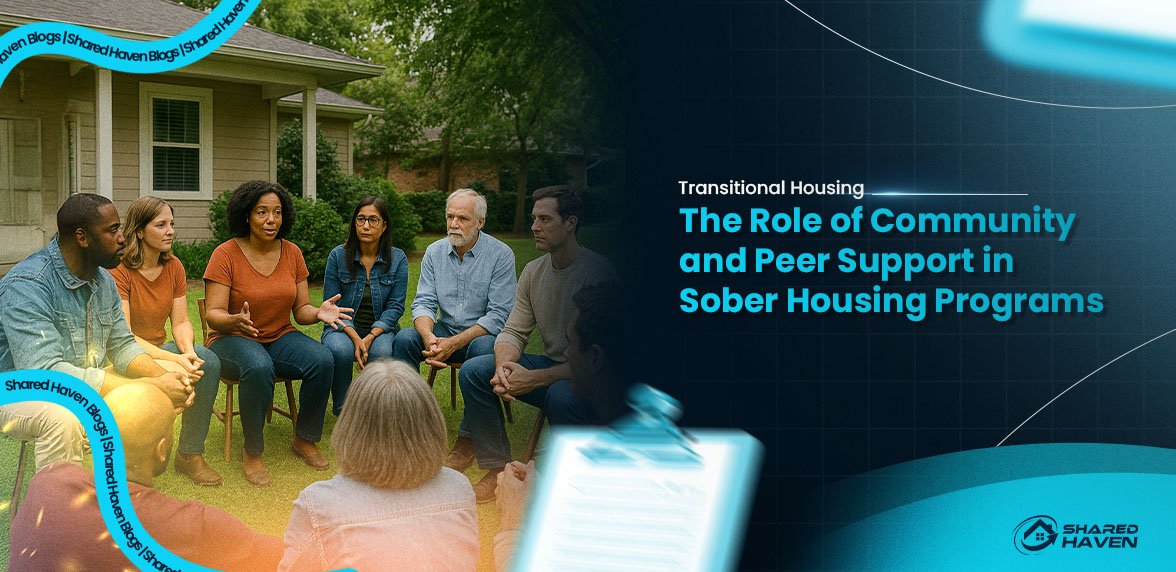Rapid Rehousing: Your Guide to Eligibility and Application
Homelessness presents profound challenges for many individuals. Consequently, people often feel lost while seeking viable solutions. Two prominent approaches help people find housing stability. These approaches are Rapid Rehousing and transitional housing programs. Both are vital resources, yet they operate quite differently. Furthermore, each serves distinct community purposes effectively. Understanding their key distinctions proves crucial for success. Moreover, this knowledge helps individuals find appropriate support systems. This comprehensive blog explains the core operational differences clearly. You will learn about each program’s unique features. Additionally, you will see how they contribute to ending homelessness.
Understanding the Landscape of Homelessness Services
Addressing homelessness requires diverse strategic approaches from communities. Emergency shelters provide immediate, short-term relief to individuals. However, long-term solutions become necessary beyond temporary assistance. Both Rapid Rehousing and transitional housing fill this gap effectively. Moreover, they move people beyond immediate crisis situations successfully. Additionally, these programs guide participants towards lasting independence. Their specific methods vary significantly in implementation approach.
Rapid Rehousing: A Swift Path to Permanent Housing
Rapid Rehousing serves as an effective intervention for families. Furthermore, it helps individuals who are experiencing homelessness currently. This approach moves people quickly into permanent housing situations. Additionally, programs provide time-limited rental assistance to participants. Crucially, tailored supportive services address individual client needs effectively. These specialized services focus on addressing specific challenges. The core principle remains straightforward for all participants. Stable housing becomes the absolute priority for everyone involved. Once people are housed, they can effectively address challenges.
Core Components of Rapid Rehousing Programs
This proven approach includes three main operational components. Each component works together to ensure participant success. Consequently, all elements must function properly for effectiveness.
Housing Identification and Landlord Engagement
First, programs actively identify available housing units in communities. Furthermore, staff members work directly with local landlords. Moreover, they build strong professional relationships over time. This collaborative approach helps secure housing for clients. Programs often maintain pre-existing partnerships with property owners. Thus, this network speeds up the housing placement process. Finding appropriate housing remains paramount for program success.
Rent and Move-in Assistance
Second, Rapid Rehousing provides essential financial aid to participants. Consequently, this assistance covers necessary move-in costs completely. Furthermore, programs include security deposits in their support. Additionally, initial rent payments are covered for participants. Temporary rental assistance serves as a key component. Consequently, this help allows clients to establish housing quickly. Financial assistance remains time-limited by design standards. Furthermore, this approach empowers clients to assume payment responsibilities.
Case Management and Supportive Services
Third, programs provide tailored support through case management. Case managers work directly with individual clients regularly. Furthermore, they assess specific needs through comprehensive evaluations. Moreover, staff members connect clients to community resources. Services remain flexible based on individual circumstances. For instance, programs can include job search assistance. They might additionally cover budgeting help and training. Mental health and substance abuse referrals are common. This comprehensive support helps clients maintain housing stability. Furthermore, services foster long-term self-sufficiency among participants.
Transitional Housing: A Structured Bridge to Independence
Transitional housing offers temporary, supportive living environments. Furthermore, it bridges the gap between homelessness and stability. Individuals move from homelessness or crisis situations. Programs then help them transition towards stable housing. These structured programs offer longer stays than alternatives. Often, they additionally provide intensive, structured services daily. The primary goal involves preparing residents for independence. Consequently, participants gain essential skills for independent living.
Core Components of Transitional Housing Programs
Transitional housing includes several key operational components. However, these components differ from Rapid Rehousing approaches significantly.
Program-Owned or Leased Facilities
Residents live in facilities owned by programs. Moreover, organizations lease these properties for participant use. This arrangement creates communal or semi-communal living environments. Rules and structure are inherent to these settings. Consequently, participants must follow established community guidelines.
Time-Limited Stays (Typically 6-24 Months)
Stays usually last longer than other program types. Furthermore, duration can range from six months to years. This extended period allows for deeper participant engagement. Consequently, residents can work on complex personal issues.
Intensive On-Site Support Services
Services are often provided directly at program facilities. Consequently, this includes extensive case management for residents. Furthermore, programs cover life skills workshops and training. They might additionally involve group counseling sessions regularly. Job training opportunities are commonly available to participants. Participation in these services often becomes mandatory for residents.
Focus on Skill Building and Personal Growth
Programs emphasize developing independence through structured learning. Residents learn essential budgeting skills through practice. Furthermore, they practice healthy living habits consistently. Additionally, participants address underlying challenges with professional support. The structured environment supports this personal growth effectively.
Key Differences: Rapid Rehousing vs. Transitional Housing
Distinctions between these approaches are significant for participants. Furthermore, differences impact the overall resident experience substantially. Moreover, they influence program outcomes and success rates.
1. Speed of Placement
Rapid Rehousing prioritizes immediate housing placement for participants. The primary goal involves moving people into housing quickly. Transitional housing involves a waiting period before placement. Residents must apply and await open program slots.
2. Type of Housing Provided
With Rapid Rehousing, clients rent units directly from landlords. Moreover, participants become tenants of private property owners. Programs provide financial assistance to support this arrangement. Transitional housing places residents in program-operated facilities instead. This typically creates a shared living environment.
3. Duration of Stay
Rapid Rehousing provides time-limited financial assistance to participants. Furthermore, duration remains flexible based on individual needs. Moreover, assistance typically lasts several months for most. Transitional housing offers fixed, longer-term stays instead. This usually ranges from six to twenty-four months.
4. Intensity and Structure of Services
Rapid Rehousing offers flexible, individualized support to participants. Services maintain a “light touch” approach effectively. Furthermore, intensity matches what participants actually need. They empower clients to maintain housing independently afterward. Transitional housing typically provides highly structured services instead. Participation in mandatory programming becomes common for residents. This involves scheduled classes and group activities.
5. Philosophy and Focus
Rapid Rehousing operates on a proven “Housing First” model. Therefore, it prioritizes housing above all other concerns. Services are offered to help maintain housing stability. Transitional housing often has preconditions for program entry. For example, it might require sobriety from participants. Furthermore, programs focus on comprehensive preparation before housing.
6. Client Readiness
Rapid Rehousing suits a wide range of individuals. Therefore, it removes housing as the immediate barrier. Transitional housing might better serve those needing intensive support. Moreover, some require longer-term stability for complex issues. Consequently, this helps address underlying challenges effectively.
Who Benefits Most from Each Approach?
Both models prove effective for different participant populations. However, they serve distinct needs within homeless services.
Ideal Candidates for Rapid Rehousing
Individuals and families need immediate shelter solutions urgently. Those with recent homelessness often experience episodic situations. People with some income can quickly gain employment. Survivors of domestic violence need quick, private housing. Individuals primarily need rental assistance and light case management.
Ideal Candidates for Transitional Housing
Individuals require intensive, structured support for complex issues. Those addressing long-term substance abuse need comprehensive services. People need extensive life skills training for independence. Individuals lack a clear path to immediate income. Youth aging out of foster care need bridges.
The Interplay: When One Leads to Another
Sometimes, programs work in sequence to serve participants. An individual might start in transitional housing initially. Consequently, they address complex personal issues with support. Furthermore, participants gain stability through structured programming. Then, they might transition to Rapid Rehousing afterward. This helps them secure permanent housing more quickly. Integrated approaches ensure comprehensive support for varying needs. Furthermore, services meet evolving participant requirements over time.
Why Transitional and Rapid Rehousing in Ending Homelessness
No single solution fits all homeless individuals effectively. Both Rapid Rehousing and transitional housing remain vital resources. Furthermore, they address different aspects of homelessness comprehensively. Rapid Rehousing proves highly effective for rapid stabilization. Furthermore, it reduces overall length of homelessness significantly. Transitional housing provides deeper, more intensive support instead. Consequently, it helps individuals with complex challenges succeed. Strong community responses include both program types strategically. Furthermore, communities offer a spectrum of available services. This ensures everyone finds the right path to stability.
Shared Haven’s Approach to Rapid Rehousing
At Shared Haven, we understand this nuanced service landscape. Furthermore, we provide comprehensive housing solutions for participants. Our approach aligns with diverse individual needs effectively. Additionally, we offer various programs to serve communities.
National Hot Line for Homelessness





